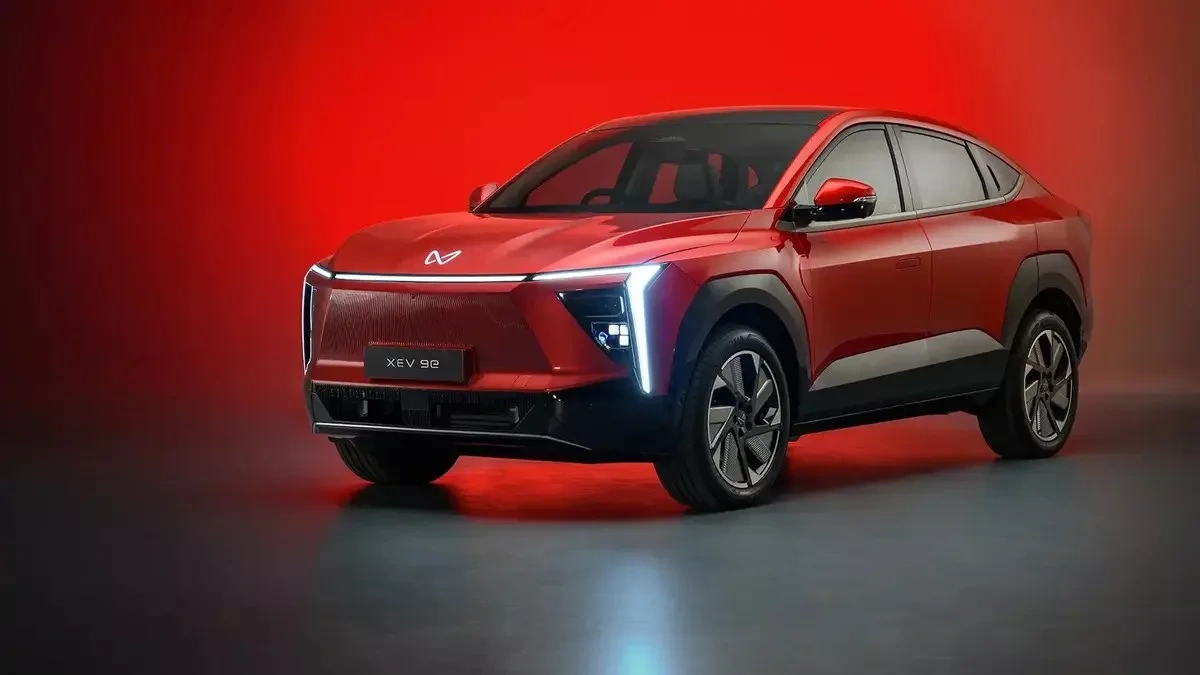Solana (SOL) | Is This the Crypto That Finally Beats Ethereum? An Honest Look.
Alright, let’s talk. Grab your chai, settle in. You’ve been hearing the name ‘Solana’ or its ticker, SOL , popping up everywhere, haven’t you? One minute, your friend who’s deep into crypto is raving about its lightning-fast speed. The next, you see a headline about its price soaring, and you’re left wondering, “Did I miss the bus… again?”
Thank you for reading this post, don't forget to subscribe!Let’s be honest. The world of cryptocurrency can feel like a private club with a secret language. Terms like “Proof of History,” “Layer-1,” and “TPS” get thrown around, and it’s easy to just nod along while secretly feeling completely lost.
My goal today is to cut through that noise. I’m not here to sell you on Solana. I’m here to sit down with you, as a friend, and break down exactly what this thing is, why it’s causing such a stir, and most importantly, what its story really tells us about the future of crypto. This isn’t just about the sol crypto price ; it’s about the “why” behind the numbers.
First, What Exactly Is Solana? (And Why It’s Not Just Another Bitcoin)

Imagine the internet is a city, and blockchains are its road networks. Bitcoin, the original, is like a sturdy, reliable old road. It’s incredibly secure, but it can only handle a few cars at a time. It’s a traffic jam by design.
Then came Ethereum, which built a whole highway system with lanes for “smart contracts” think of them as digital vending machines that can execute agreements automatically. This was revolutionary!
But as more and more people started using it for everything from digital art (NFTs) to finance (DeFi), Ethereum’s highways also got clogged.
The toll fees (or “gas fees”) skyrocketed. Trying to do something on Ethereum during peak hours can feel like paying ₹500 for a 2 km auto ride in Mumbai traffic.
And this is where Solana enters the scene.
Solana looked at this problem and said, “We can build it better. Faster. Cheaper.” It was designed from the ground up for one thing: speed.
While Ethereum was struggling with 15-30 transactions per second (TPS), Solana came out of the gate claiming it could handle over 50,000 TPS. That’s not just an improvement; it’s a different dimension of performance.
How? Its secret sauce is a unique technology called Proof of History (PoH) . I initially thought this was just another marketing gimmick, but it’s quite clever. In simple terms, imagine a universal clock that puts a verifiable timestamp on every single transaction before it even enters the processing queue.
This simple-sounding idea dramatically speeds up the process of ordering and verifying everything, allowing the network to fly. It’s the core reason why transactions on Solana cost pennies, not hundreds or thousands of rupees.
The ‘Ethereum Killer’ Narrative | Hype vs. Reality

Because of its speed and low cost, Solana was quickly branded the ” Ethereum Killer .” Developers and users who were fed up with Ethereum’s high fees flocked to it.
New apps, games, and NFT projects exploded on its ecosystem. It felt like a new, vibrant city was being built overnight.
But, as with any story that sounds too good to be true, there’s a catch.
The reality is a bit more complicated. Solana’s biggest weakness has been its reliability. The very complexity that makes it so fast has also made it fragile at times.
The network has experienced several high-profile outages, where it just… stopped. For hours. For a global financial network, that’s the equivalent of a major stock exchange going dark without warning. It’s a huge problem, and it seriously dents its credibility.
There are also valid concerns about its centralization. To run the high-performance hardware needed to help secure the Solana network (to be a “validator”), you need some serious cash and technical know-how.
This means fewer people can participate, making it less decentralized and arguably less secure than battle-tested networks like Ethereum. The whole point of crypto is to be decentralized, so this is a philosophical and practical sticking point for many.
The Big Comeback | How SOL Survived the Crypto Winter and FTX

What fascinates me most about Solana isn’t its technology, but its resilience. Its story took a dark turn in late 2022. Solana was heavily backed by Sam Bankman-Fried and his companies, FTX and Alameda Research. They were its biggest champions and held a massive amount of SOL tokens.
When the FTX collapse happened, it was an earthquake, and Solana was at the epicentre. The price of SOL plummeted over 95% from its all-time high. Everyone wrote it off. “It’s a ghost chain,” they said. “The FTX contagion will kill it.”
And for a while, it looked like they were right.
But then, something remarkable happened. The community didn’t abandon ship. The developers kept building. They doubled down on fixing the network’s stability issues and pushing forward. Projects kept launching.
Slowly, painstakingly, they clawed their way back, not through hype, but through sheer grit. This comeback story is a huge part of why you’re hearing so much about SOL today. It survived a near-death experience and emerged leaner and more determined.
So, Should You Care About SOL? A Practical Perspective
Here’s the thing: trying to decide if is Solana a good investment is like asking if a new tech startup will become the next Google. It’s a high-stakes bet on a specific vision for the future. So instead of a simple ‘yes’ or ‘no’, let’s reframe the question.
What are you actually betting on if you invest in SOL?
- A Bet on Speed and Scale: You’re betting that for crypto and Web3 to go mainstream, it needs to be fast and cheap enough for billions of people to use without thinking about it. In the Solana vs Ethereum debate, Solana is the clear leader on this front today.
- A Bet on Resilience: You’re betting that a project that survived the FTX apocalypse has been battle-hardened and is here to stay. Its survival demonstrated that the ecosystem was bigger than just one powerful, and ultimately fraudulent, backer.
- A High-Risk Technology Play: You have to be comfortable with the risks—namely, the network stability concerns and the competition. Ethereum isn’t standing still; its own upgrades are slowly making it cheaper and faster.
For someone in India, thinking about crypto isn’t just about quick profits. It’s often about exploring new financial technologies. Whether you’re looking into crypto or more traditional options like trusted financial services , the principle is the same: understand what you’re getting into. Similarly, evaluating a crypto project has parallels with analysing a Business for sale owner financing opportunity; you need to look at its fundamentals, its leadership (or in this case, community), and its market position.
Frequently Asked Questions About Solana (SOL)
What is the difference between Solana and SOL?
Solana is the name of the blockchain network the digital highway system. SOL is the name of its native cryptocurrency, the ‘fuel’ used to pay for transaction fees and secure the network.
How can I buy SOL in India?
You can buy SOL on most major Indian and International cryptocurrency exchanges. After purchasing, it’s generally recommended to move your coins to a personal wallet, like Phantom or Solflare, for better security.
Is Solana a risky investment?
Yes. Like all cryptocurrencies, SOL is a highly volatile and risky asset. Its price can swing dramatically. Never invest more than you are willing to lose, and this article should not be taken as financial advice. Always do your own research.
What happened to Solana during the FTX collapse?
FTX and its sister company, Alameda Research, were huge investors in Solana and held a large portion of SOL tokens. When they collapsed, it caused a massive sell-off and a crisis of confidence, leading the price of SOL to crash by over 50% in a matter of days.
Can Solana really “kill” Ethereum?
The “Ethereum killer” label is mostly marketing. It’s more likely that the future is multi-chain, where several blockchains, including Ethereum and Solana, coexist and specialize in different things. They might end up being competitors more like Android and iOS rather than one completely replacing the other.
What is Proof of History (PoH)?
PoH is Solana’s unique consensus mechanism. It’s a cryptographic clock that creates a historical record of all transactions, allowing the network to order and process them much faster than other blockchains that have to communicate back and forth to agree on the order of events.
Ultimately, the story of Solana is a high-stakes, real-time experiment. It’s a testament to the relentless pace of innovation in the crypto space. It’s not just a line on a price chart; it’s a technological drama filled with ambition, near-fatal flaws, and an incredible comeback.
Whether it becomes the foundational layer for the next version of the internet or a brilliant but flawed footnote in crypto history, one thing is certain: it’s a story you can’t afford to ignore.













